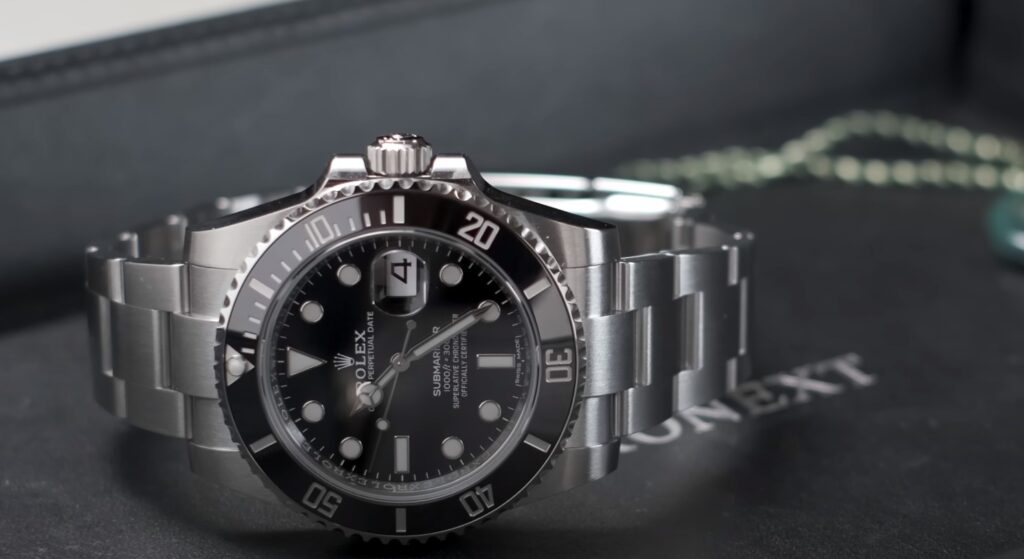In the ever-evolving world of luxury fashion and accessories, watches have remained a timeless symbol of status, sophistication, and precision engineering. Among these, high-end brands like Rolex, Omega, Audemars Piguet, and Patek Philippe dominate the market WatchSavers. However, their steep prices place them out of reach for many. Enter clone replica watches — a booming sub-industry that caters to those who desire luxury aesthetics without the luxury price tag.
What Are Clone Replica Watches?
Clone replica watches are high-quality imitations of luxury timepieces, designed to look and function as closely as possible to the original. Unlike low-tier fakes, clone replicas are often produced using similar materials, detailed craftsmanship, and sometimes even Swiss-made movements to mirror the original design and feel. These watches go beyond simple counterfeits — they’re engineered to pass as genuine, even to trained eyes.
The Appeal of Clone Replicas
There are several reasons why clone replica watches have become increasingly popular:
-
Affordability: A genuine Rolex Submariner might cost upwards of $10,000, while a high-grade replica can be purchased for a fraction of the price — often between $300 and $1,000.
-
Aesthetic and Status: Clone replicas allow wearers to enjoy the look and prestige of a luxury watch without the financial commitment. For some, it’s a way to project success or style without breaking the bank.
-
Test Run for a Real Deal: Some enthusiasts buy clone replicas to “test drive” a watch before committing to the real one, evaluating how it feels on the wrist or suits their lifestyle.
-
Low-Risk Wear: Owners of genuine luxury watches might opt for clones when traveling or in high-risk situations, preserving their originals from potential theft or damage.
Quality and Craftsmanship
The term “clone” in the replica watch world often refers to replicas that are almost indistinguishable from the original in design and functionality. These watches may use automatic movements that closely match the original manufacturer’s specifications, sapphire crystal glass, stainless steel cases, and intricate detailing on the dial and bezel.
Some clone manufacturers even go so far as to engrave serial numbers, logos, and stamps that mimic the authentic watch — a testament to how advanced the replica industry has become.
Legal and Ethical Considerations
Despite their appeal, clone replica watches exist in a legal and ethical gray area. Manufacturing and selling counterfeit goods — especially those bearing the logo or name of a protected trademark — is illegal in many countries. Buyers may face customs seizures, legal penalties, or damage to their reputation if caught knowingly purchasing or flaunting fakes.
From an ethical standpoint, supporting the counterfeit industry can harm the original brand’s reputation and revenue, and may also fund illegal or exploitative practices. This has sparked ongoing debates among collectors, fashion lovers, and legal professionals.
Final Thoughts
Clone replica watches are a complex phenomenon — they blend craftsmanship with controversy, affordability with imitation, and accessibility with ethical dilemmas. For many, they represent a bridge between aspiration and reality. However, it’s essential for buyers to understand what they’re investing in, weigh the risks, and consider the broader implications of supporting counterfeit goods.
Whether seen as a clever alternative or a deceptive copy, clone replica watches continue to spark fascination and debate in the luxury watch world.
